Can You Paint Over Gelcoat?
Is painting a gel coat possible? This article will help you figure this out
Gel coats have a trustworthy reputation for their performance and quality which makes them the most popular surface coatings for fiberglass-reinforced products. Gel coats provide high quality, as well as an aesthetically pleasing finish, but such a coating will sooner or later lose its luster and degrade. This is why people often ask about the need for painting. In particular, they want to know whether it is possible to paint over a gel coat.
In this article, you will find more about painting a gel coat on a boat. We will tell you whether it is possible to apply a gel coat over a previously coated boat. Also, you will get detailed step-by-step instructions on how to apply it.
In addition, we will explain why you might want to consider using a gel coat on your vessel. As a result, you will become more aware of painting over a gel coat and using it correctly.
Is It Possible to Paint Over Gel Coat?
On marine vessels, a gel coat is mostly used for aesthetic purposes. Another reason why boat owners might want to cover their boats with this substance is that it prevents what we call biofouling.
For those of you who don’t know what it is, biofouling is the accumulation of animals and microorganisms on the vessel’s surface, mainly on the underwater part of it. When accumulated massively and not removed, these microorganisms often cause serious deficiencies!
So is it possible to paint over a gel coat?
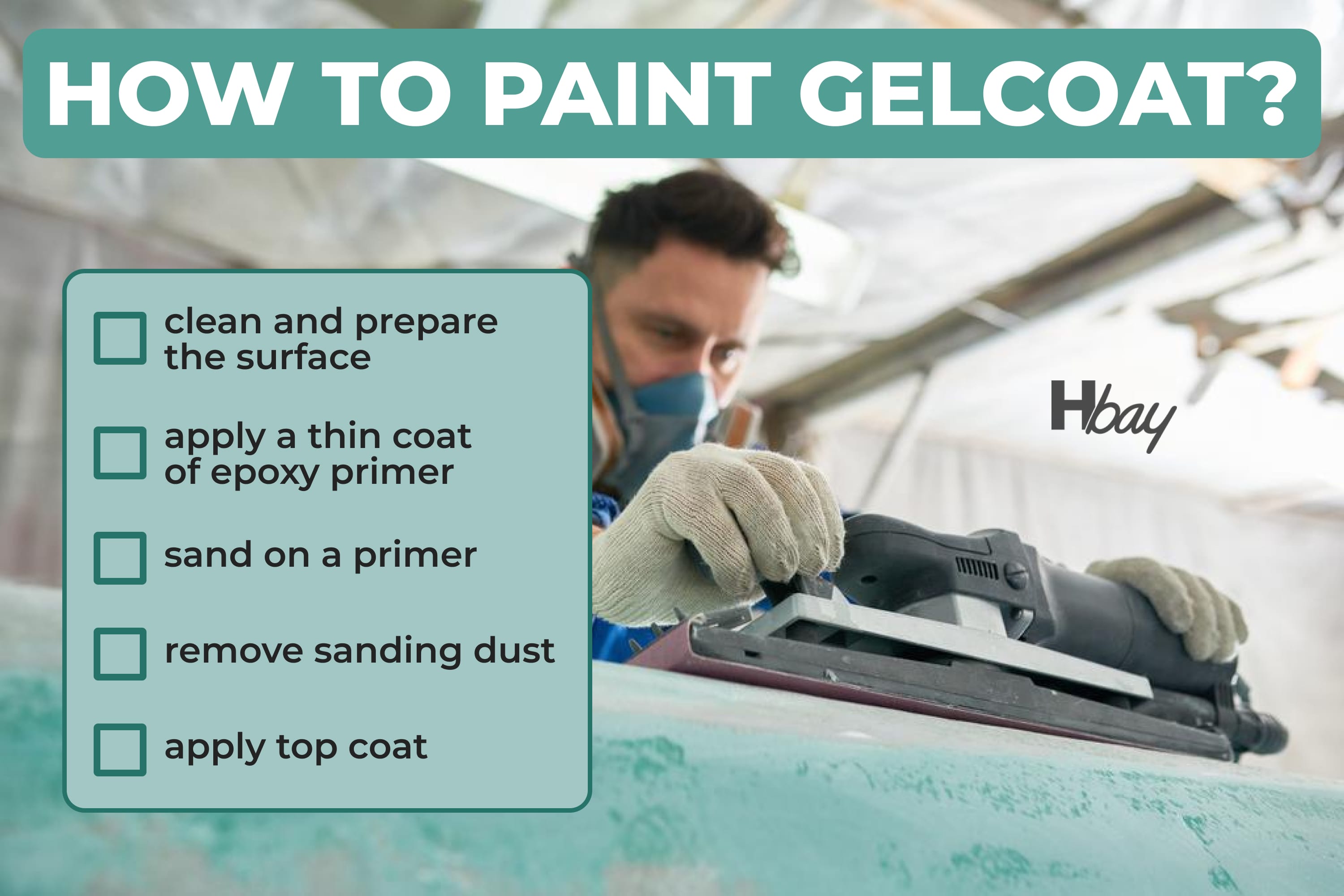
housekeepingbay.com
Yes, it is. Just make sure that your gel coat is in good condition. It should have no significant cracks or crazing. If the surface looks good, then painting over a gel coat will be quite easy to do. All you will have to do is to follow a few simple steps:
- clean and prepare the surface
- apply a light coat of epoxy primer
- sand over the primer
- remove the sanding dust
- apply the topcoat
Like this, you will be able to protect your boat from biofouling and damage it may bring, and also, you will improve the vessel’s appearance. But since this is just a brief description of the steps needed for applying a gel coat, we suggest you read on to find out more about the proper application and get detailed instructions on how this should be done.
If you have never done this kind of job, this information will be very helpful, allowing you to feel more confident about the task that is new to you.
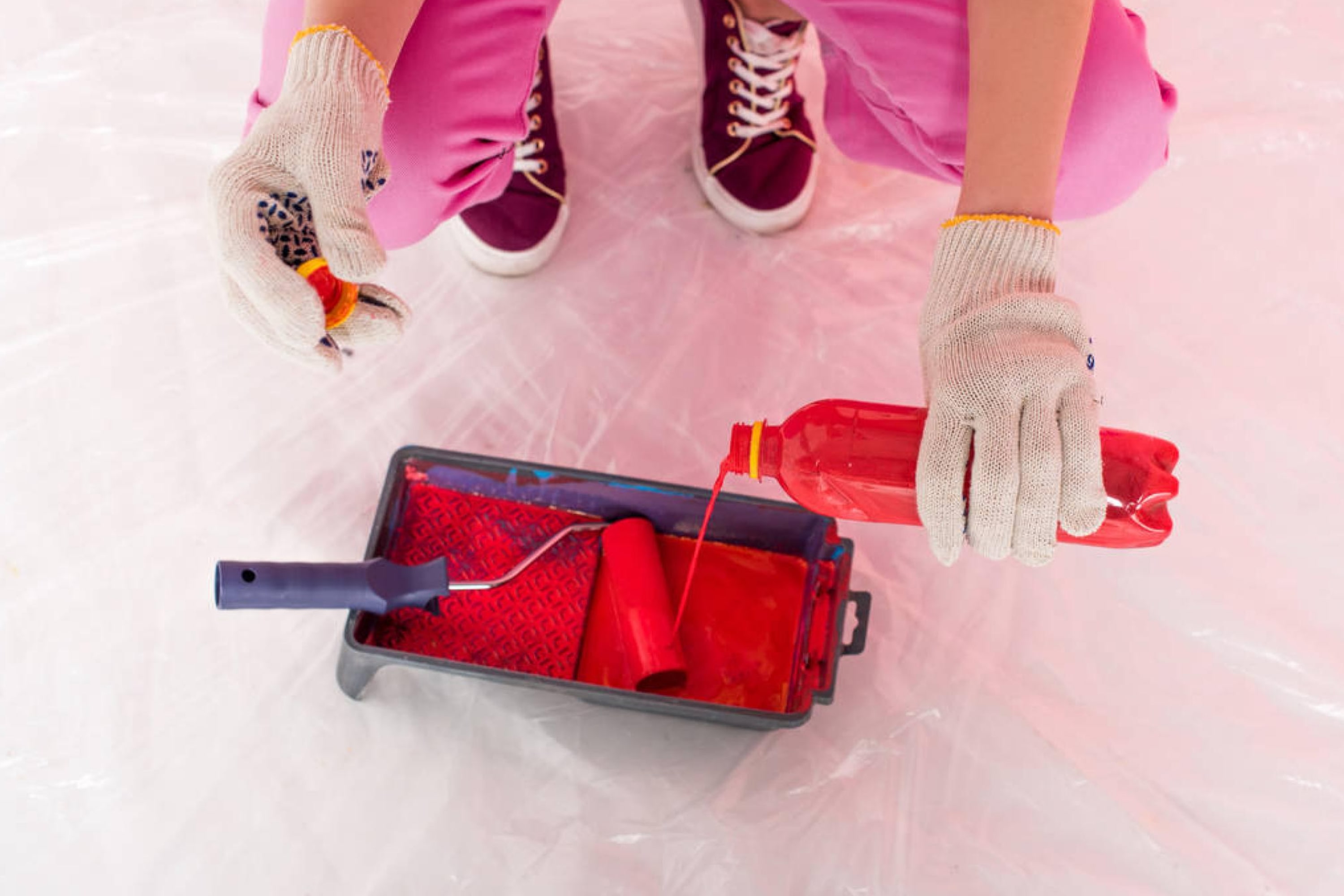
IgorVetushko via VistaCreate
Table of Contents
How to Paint Over Gelcoat?
So, as we have already figured out, painting over a gel coat is possible. But if you have never done this kind of job before, you will most likely feel very uncertain and hesitant about the future results. No worries, we are here for you to help!
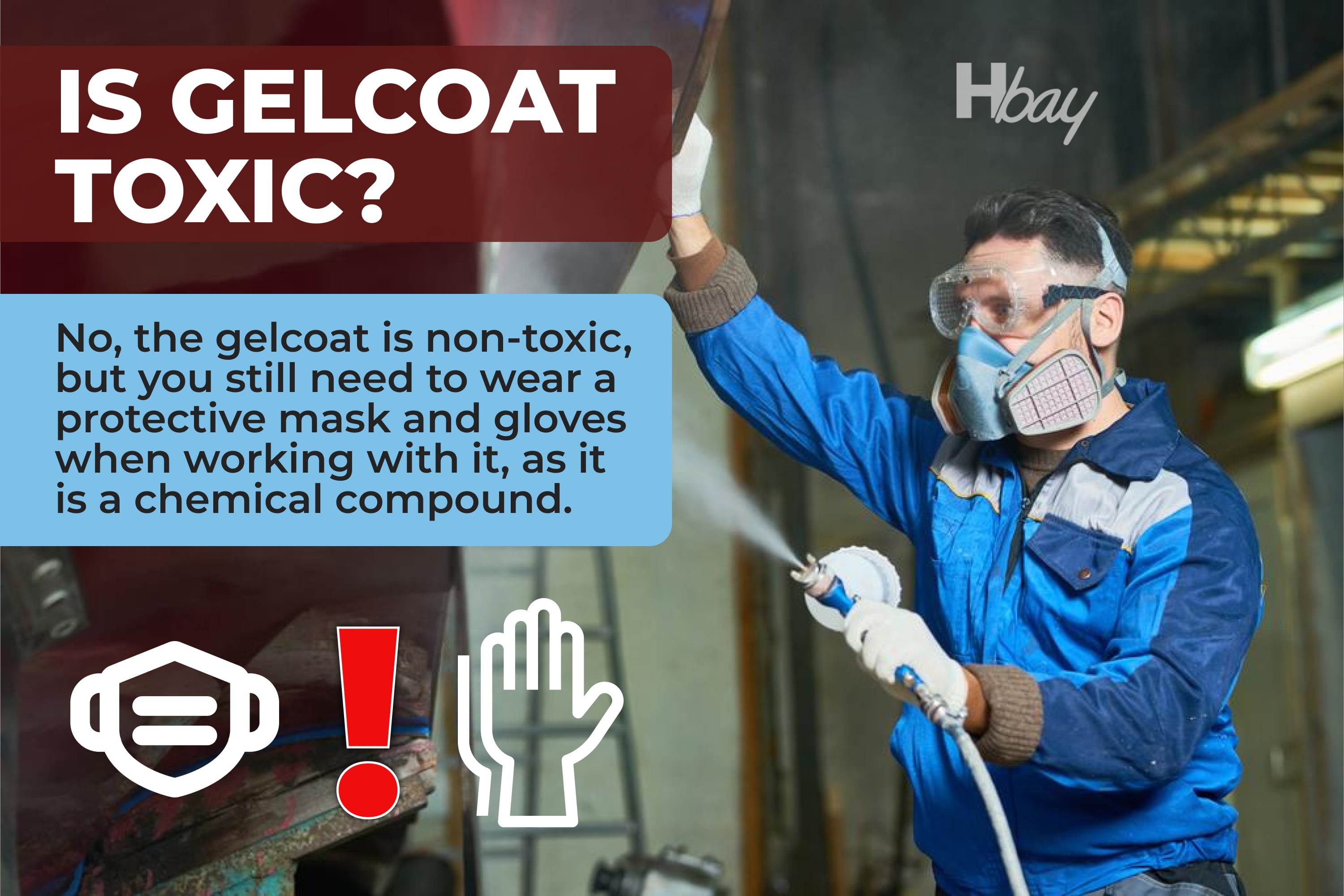
housekeepingbay.com
Below, you can find a detailed guide on how to apply paint over a gel coat and not mess up.

Check the Surface That Will Be Painted
The very first thing you should do before applying a layer of paint over a gel coat is to find out the nature of the surface you will be painting. What does it mean? See, gel coat will only adhere to certain surfaces!
For example, if the existing surface is fiberglass, polyester resin, or already covered with a gel coat, applying a new layer will be quite easy. However, if the surface is covered in paint, you can’t just cover it with a gel coat. In this case, you will need to remove the paint first.
Get the Surface Ready For Paint Application
If you figure out that your surface can be painted over a gel coat, your next step is to prepare it for the upcoming procedure. Of course, you will have to clean it thoroughly to remove all the dust and dirt that will surely be there!
But apart from cleaning the surface, you will also need to remove as much hardware as possible in order to get a smooth, neat, and clean job. If there are any parts of hardware you can’t remove (or you don’t want them to be painted), you can simply cover them using duct and masking tape.
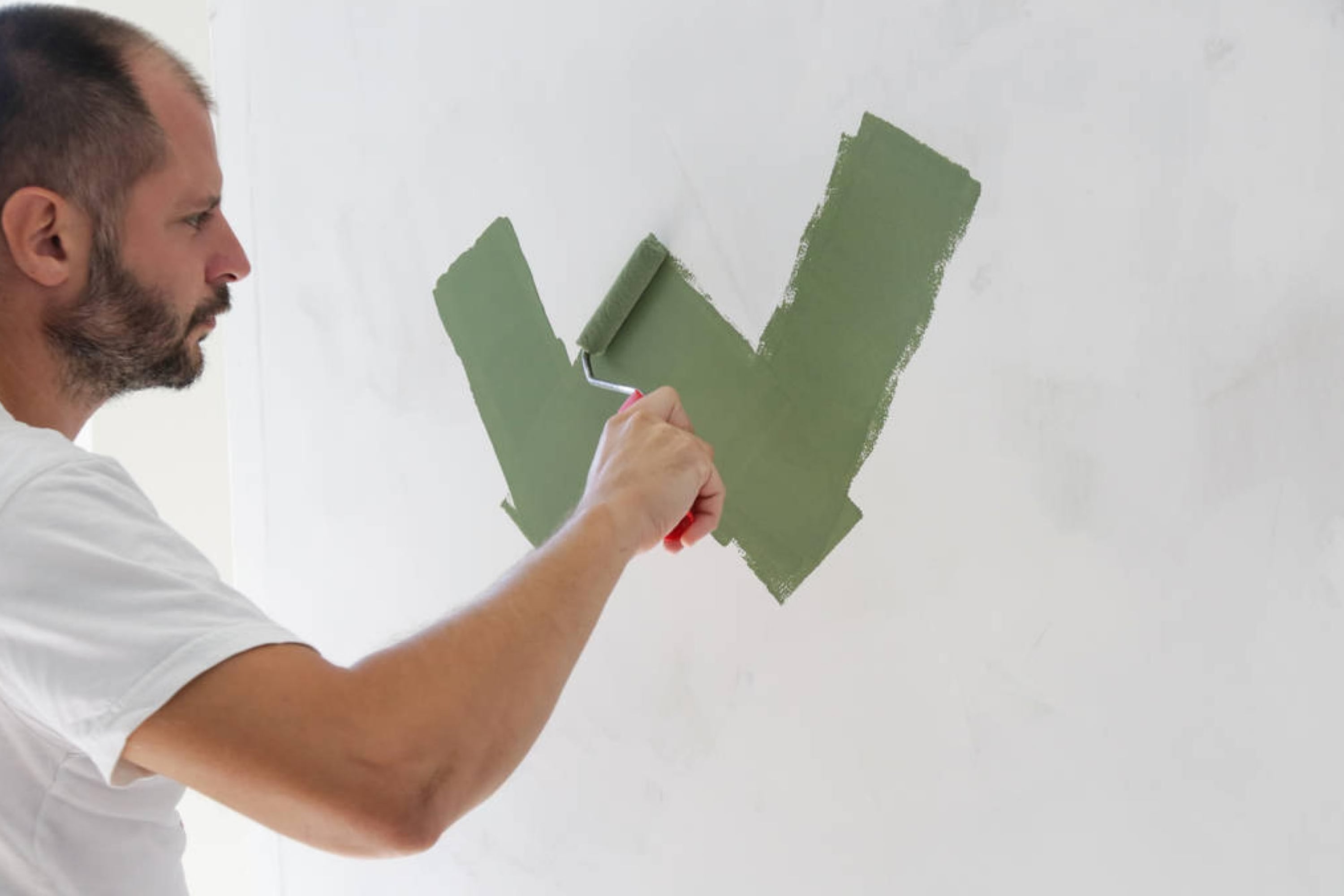
triocean2011 via VistaCreate
Now It’s Time to Sand the Prepared Surface
After the surface is prepared and cleaned, you should proceed with sanding. Sanding might be necessary if the existing surface is already covered in a gel coat. In this case, sanding it will roughen up the surface, allowing it to bond much better with the new coat you want to apply. Sanding will also make sure the paint adheres to the surface better and stays where it should be longer.
You might be wondering what sandpaper grit will be needed for this job. Well, if you applied primer before the paint, the finish primer can be sanded with 320 to 400-grit sandpaper.
If there were any cracks that you filled with putty, we recommend you use 80 or 40-grit paper to sand those fixed cracks, and 220 or 230-grit paper for the surface around any repaired areas. If the surface has a deep crack, you can start with 36 to 60-grit sandpaper.
Apply the Layer Of Gelcoat
After the surface is examined, cleaned, primed, and fully ready, you can then proceed to apply the gel coat. As for the method of application, you have a wide variety of options!
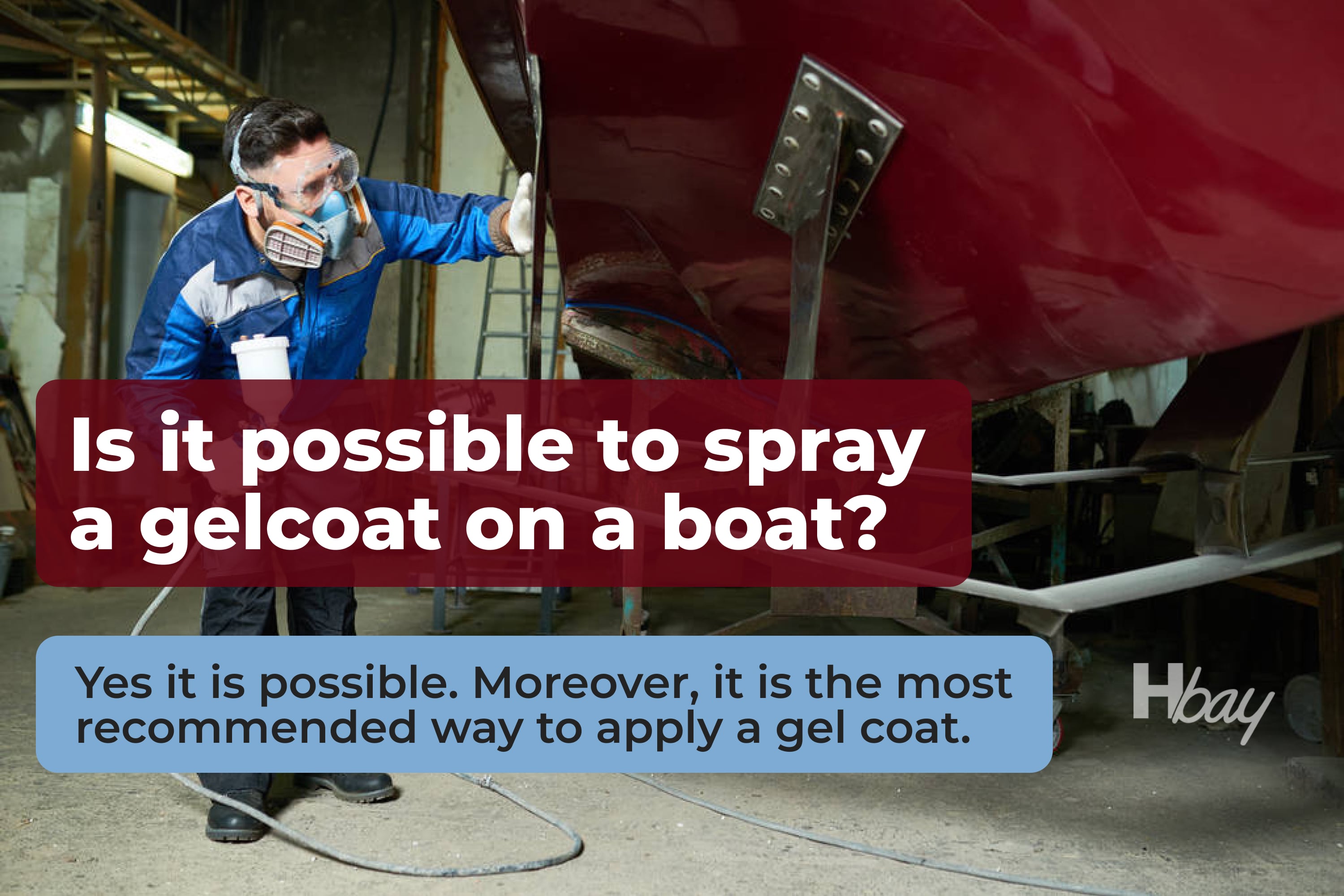
housekeepingbay.com
You can apply it with a brush, you can use a roller, or even spray on the gel coat. However, most experts, as well as experienced boat owners, recommend spraying a gel coat on since it will give you an even and smooth finish.
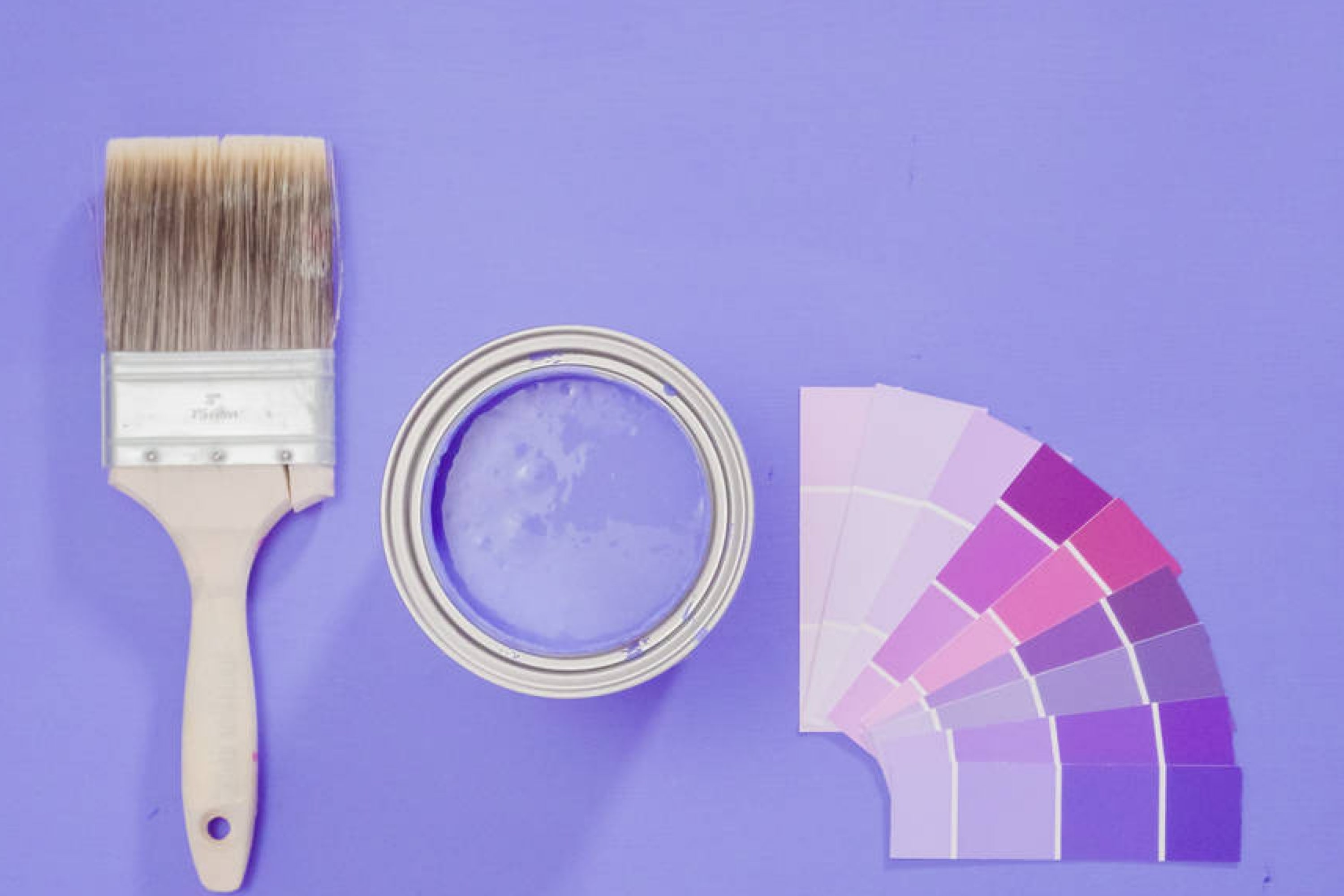
urban_light via VistaCreate
Finish the Gelcoat
After you apply the new coat, allow it to dry and cure completely. Once dry and fully cured, it can be sanded to finish the process. You should start by wet sanding with the finest grit sandpaper. It will help you to avoid any unnecessary scratches that a harsher sanding will leave on the surface.

housekeepingbay.com
To be precise, you can start with 400 or 320-grit paper and gradually increase to 800 grit. If you want a beautiful glossy shine on your boat, consider using a machine glaze and applying two coats of wax to achieve that glossy finish.
Now you know how to apply paint over a gel coat and how to get your surface ready for this procedure correctly to get smooth and flawless coverage.
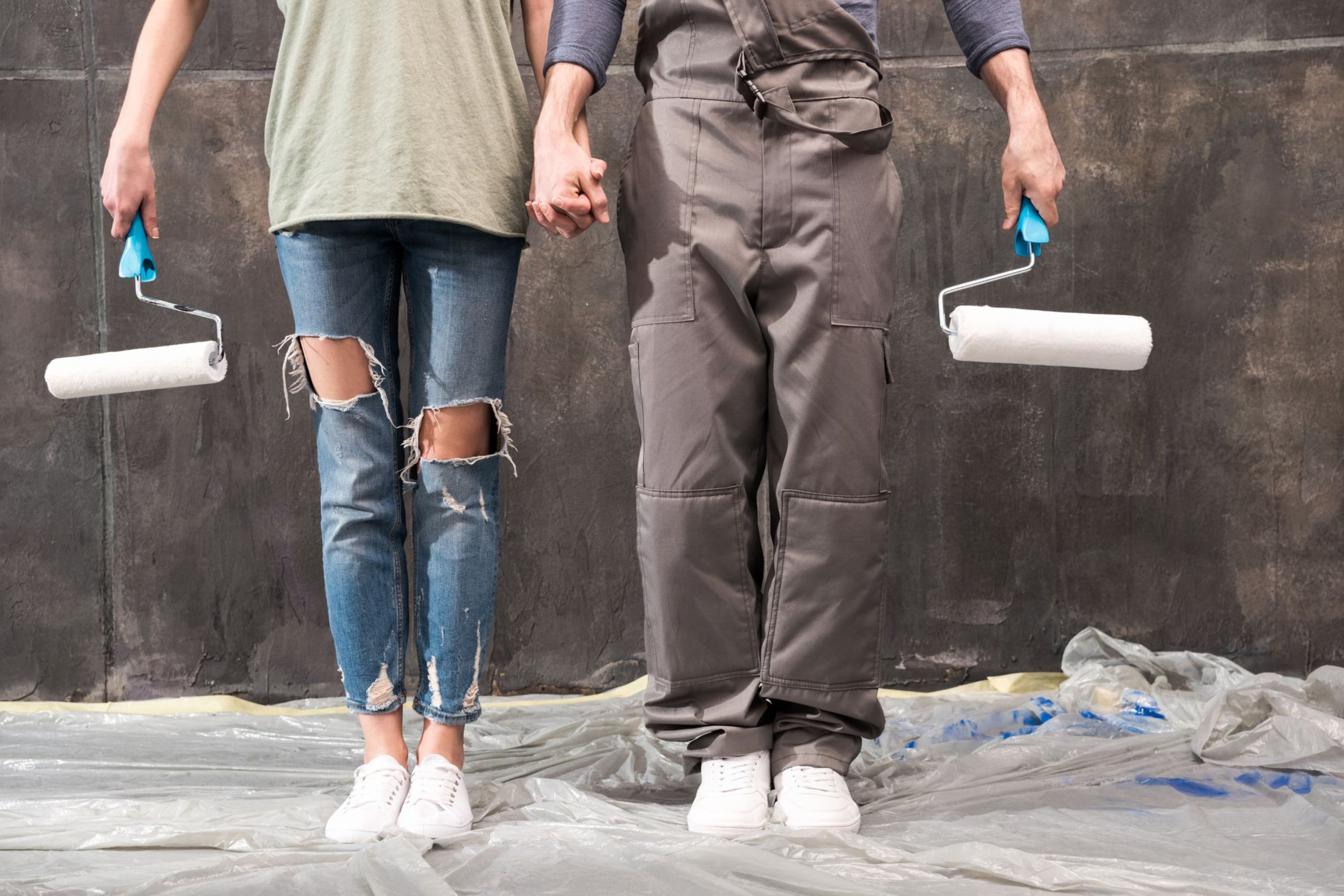
DmitryPoch via VistaCreate
How Do You Restore Oxidized Gelcoat?
As you probably know, if your boat has an unprotected gel coat coating, it will sooner or later degrade and start oxidizing due to UV light exposure. You have definitely seen how it happens: moderate and light oxidation in a gel coat can easily bee seen on a boat’s surface since it looks like a chalk-like powder on the gel coat’s surface.
Below, we have prepared a brief guide for you that can help any boat owner to remove oxidation from the vessel’s surface with a few simple steps.
![Buffing and Waxing Boat Gelcoat to Remove Oxidation [Pro Tips]](https://i.ytimg.com/vi/uiH7F6z02t4/maxresdefault.jpg)
Prepare the Surface First Of All
This is a must-do step. The very first thing that should be done is proper cleaning of the surface of your boat. For this purpose, use marine soap diluted in water to clean the surface easily.
See, marine soaps will help you rinse the boat leaving no residue. And in addition, they are also environmentally friendlier compared to other dishwashing liquids. If there is mold on non-skid areas of your boar, you will most likely have trouble cleaning it off. For this purpose, try using a non-skid cleaner.
After cleaning the surface and removing all the dirt and mold from it, you will need to get rid of any stains then. In most cases, these stains can be quite easily removed by using acid-based stain removers. These products are able to free your boat’s surface from most organic and mineral stains.
Since the cleaning product is acid, remember to wear the proper protective equipment when using such stain removers! Your must-have items are going to be rubber gloves and eye protection!
After you clean the surface completely and remove all the stains from it, address any cracks, gouges, and imperfections that might be on your boat’s surface to repair them.

Satura_ via VistaCreate
Remove the Oxidation
Light oxidation is often easy to notice on the surface of a boat since it looks like a slight dulling on the gel coat surface. Of course, in case of moderate or heavy oxidation, you will see a chalky, powdery surface!
This stuff must be removed no matter what! Your go-to option will be to use polishes and rubbing compounds. Should you have a heavily oxidized surface, you may need to start with a rubbing compound and use finer polish grades later. The compound will remove the oxidation pretty quickly due to its high abrasive properties.
We recommend you deoxidize your boat two times in a row for better results even if the oxidation is moderate or light. Of course, heavy oxidation must be treated twice! After you use the anti-oxidation product, rinse the surface of your boat and see if you have removed all the oxidation that was there.
At this stage, it is important to keep in mind that each of these deoxidizing products will take off a little bit of a gel coat each time you use it! So it is highly recommended to use the least aggressive method when undergoing this stage of oxidation removal.
Protect the Surface
This is the final stage of your oxidation removal procedure. After you remove the stains and polish the surface of your boat, it needs to be sealed and protected. For this purpose, experienced boaters recommend using wax. It will seal out oxygen and prevent further oxidation. Besides, wax has inhibitors that protect the gel coat against UV light!
Now you will be able to revive your boat if it has some oxidation on its surface. And even if the damage caused to it is pretty massive, with this guide, you will still be able to restore the vessel unless it is in a really bad condition.
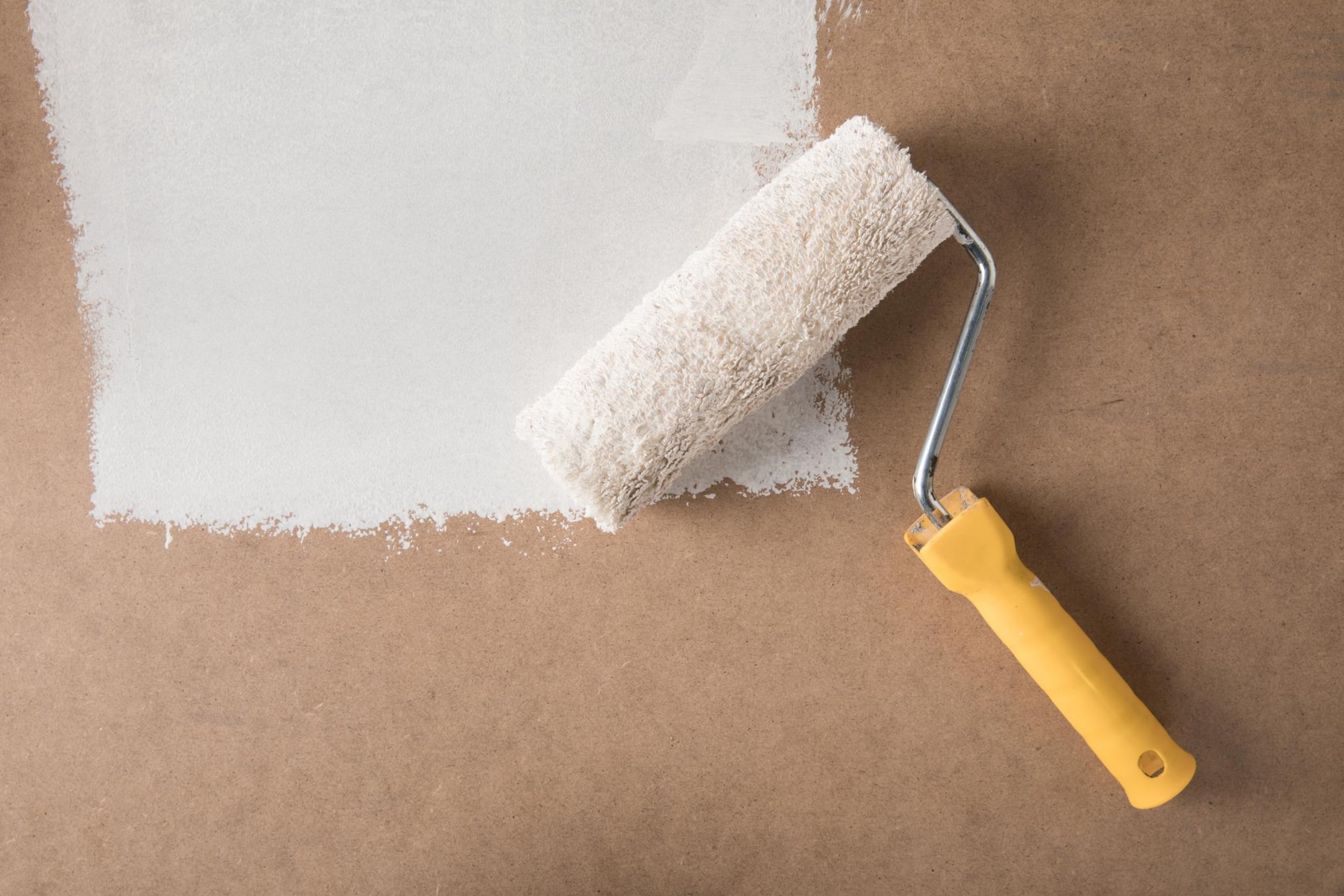
AntonMatyukha via VistaCreate
Perks Of Using Gelcoat On Your Boat
Now some of you may ask why anyone would decide using a gel coat over their boat if the procedure of its application looks quite tedious. Well, you won’t be able to apply it with just a few brush strokes of course, but spending some time and effort on applying a gel coat can be a wise investment! And this is why.
- The gelcoat finish lasts longer and it is more durable. It can take around two decades before you need to repair your gel-coated marine vessel
- Gelcoat gives your boat’s hull a smooth and glossy yet very durable and tough protective finish
- This coating is highly resistant to adverse reactions to water and chemical
- Gelcoat will increase the lifespan of your boat
- Gelcoat gives a boat an aesthetically pleasing appeal that lasts longer
- With proper maintenance, your gel-coated boat will serve you for years!
- Gelcoat resists corrosion, UV rays, and various weather conditions
Yes, it will be more expensive to repair it compared to marine paints, but taking all the benefits into consideration, applying a gel coat over your boat is a really good investment worth its cost!
Now you know whether one can apply paint over a gel coat and how this should be done correctly. In addition, we shared a list of perks and benefits you get when you cover your vessel with a layer of a gel coat.
With all that in mind, you might want to consider this product as your long-term investment to keep your boat afloat and good-looking for years!
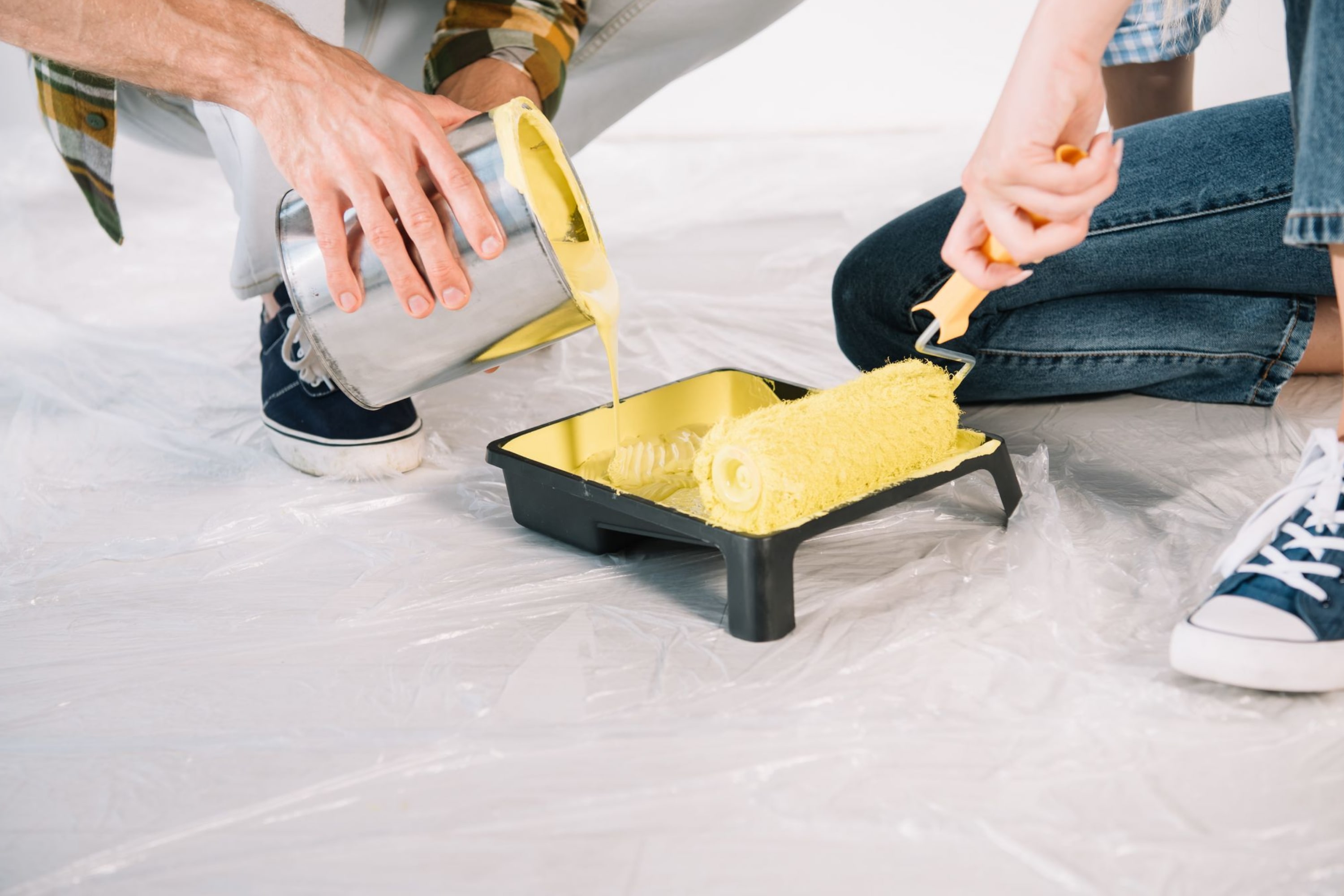
IgorVetushko via VistaCreate
Ever wished paint sampling was as easy as sticking a sticker? Guess what? Now it is! Discover Samplize's unique Peel & Stick samples. Get started now and say goodbye to the old messy way!
Get paint samples




Frequently Asked Questions
⭐Is spraying gelcoat on boat possible?
Yes, it’s possible. Moreover, it’s the most recommended way of gelcoat application.
⭐How long does a new gelcoat last?
When properly maintained, a gelcoat can last you up to 15 years and more. Some of the factors that will affect the life of your gelcoat are exposure to UV rays, salt from seawater, water saturation, and fatigue from movement.
⭐Is gelcoat toxic?
No, gelcoat is not toxic, but you should still wear protective mask and gloves when working with it since it’s a chemical compound.
4 thoughts on “Can You Paint Over Gelcoat?”
Leave a Reply

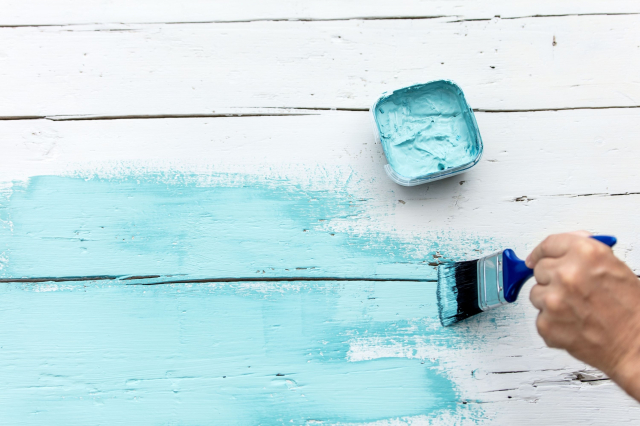
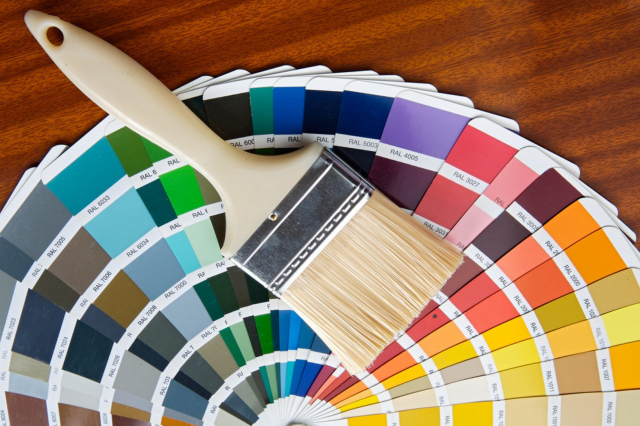

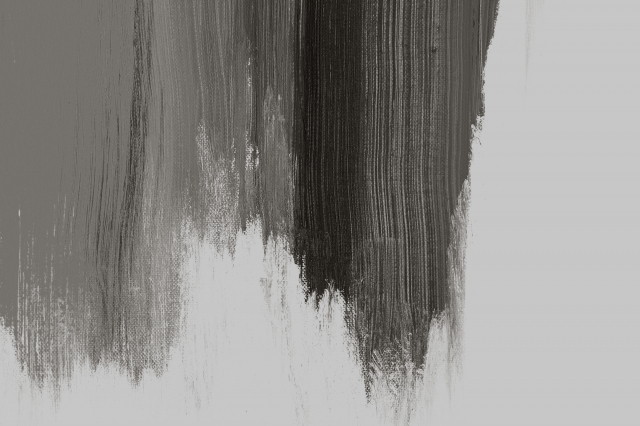



How much does it cost to recoat a boat with gelcoat? Does anyone know at least approximate prices?
Well, all boats are different which means the price may vary wildly or may almost have no difference. I guess you need to consider the cost of your boat personally, depending on its size and the amount of damage. A professional might charge you anywhere from 300 to 500 dollars per foot of your vessel.
Thanks for such a detailed explanation of gelcoat and other stuff! There’s just one more question I have. What Is the difference between gelcoat with wax and without wax? I’ve seen them in a store but I couldn’t gett he difference. Thanks!
Hello! The waxed gelcoat has paraffin wax in it. You can also apply substances such as PVA over gelcoat without wax. Gelcoat without wax is often used to laminate gelcoat in stages and when applying to a polyester resin-saturated fiberglass.